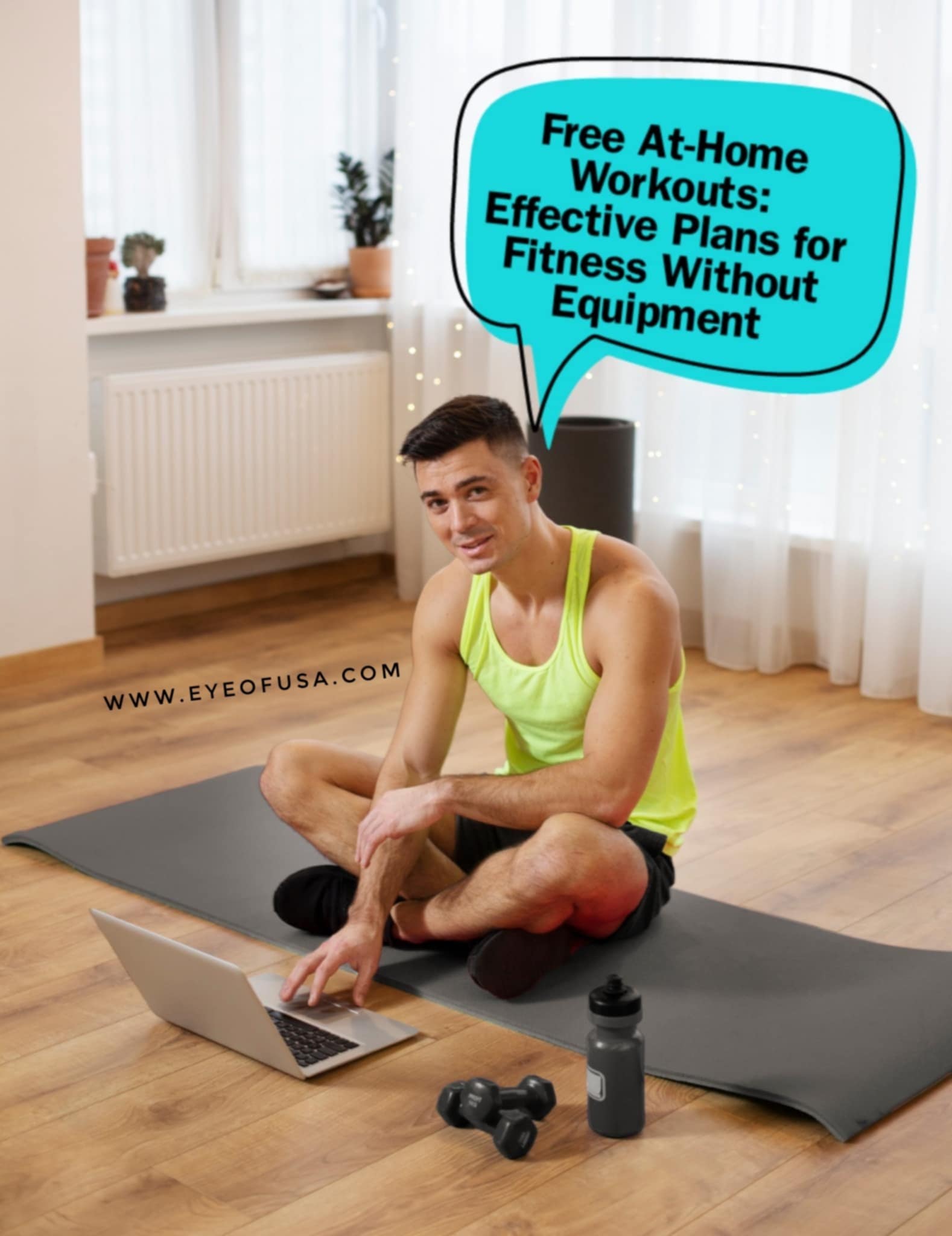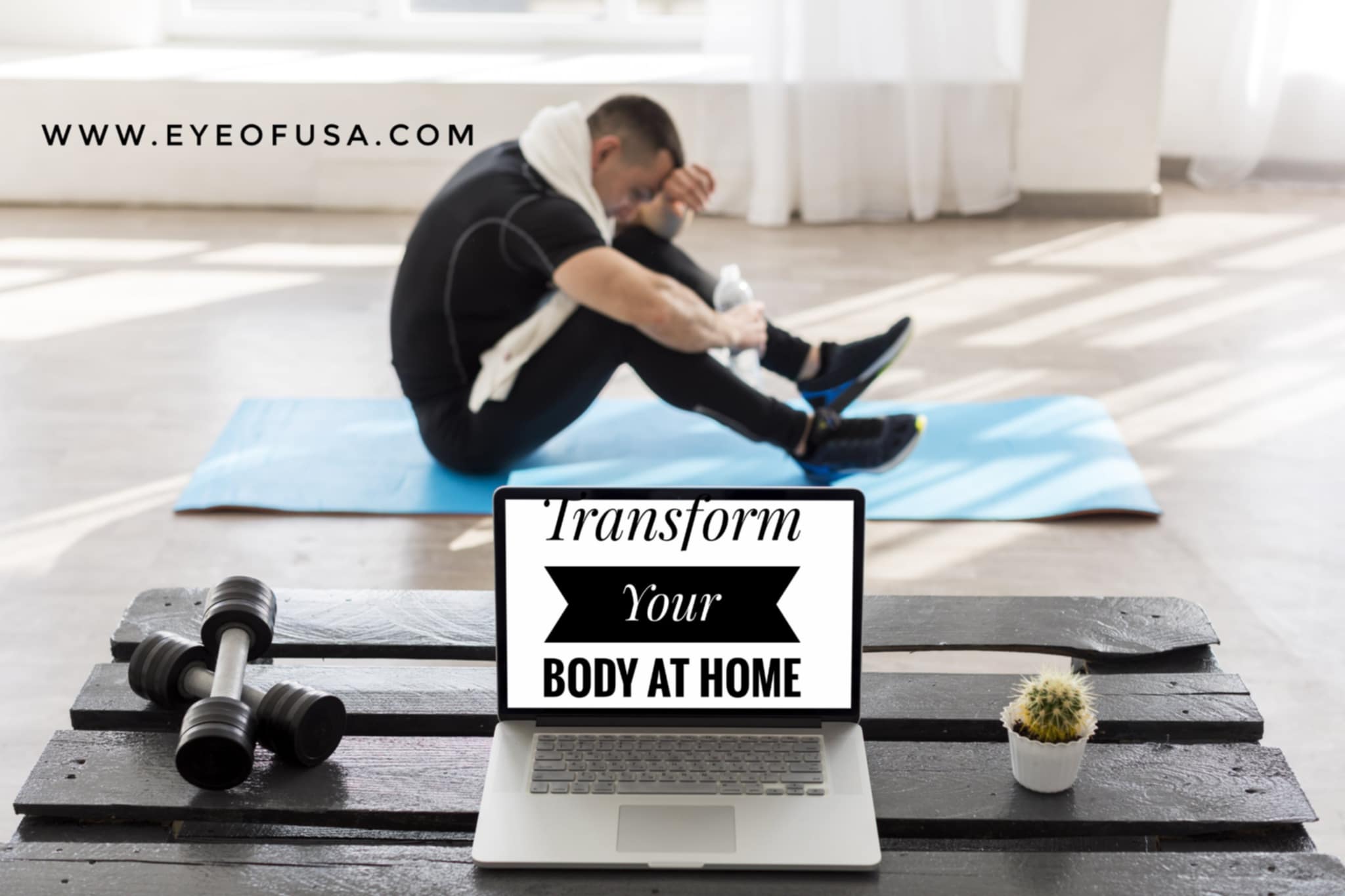At-Home Workout Plans with No Money: How to Stay Fit for Free
Introduction: Why Should You Care About At-Home Workouts?
Q: Why should I consider at-home workouts if I’m on a budget?
A: Staying fit doesn’t have to break the bank. At-home workouts are not only convenient but also cost-effective. With no need for expensive gym memberships or equipment, you can achieve your fitness goals from the comfort of your home. Working out without spending money also removes the financial barrier to maintaining a healthy lifestyle.
Top 5 At-Home Workouts You Can Do for Free
Q: What are some effective at-home workouts that don’t require money or equipment?
A: Here are five of the best exercises you can do without spending a penny:
- Bodyweight Exercises
Push-ups, squats, and lunges target multiple muscle groups and help build strength and endurance.
- Cardio Workouts
Jumping jacks, high knees, and running in place get your heart rate up and help burn calories quickly.
- Yoga and Stretching
Enhance flexibility and improve overall well-being with simple yoga poses or a good stretching routine.
- Strength Training with Household Items
Use common items like water bottles, bags of rice, or even furniture to add resistance to your exercises.
- Core Workouts
Exercises like planks, mountain climbers, and leg raises strengthen your core, which is vital for posture and overall health.
How to Create a Home Workout Routine Without Equipment
Q: How do I create an at-home workout routine without any fancy equipment?
A: Designing your own home workout routine is easier than you think. Here’s a simple way to structure your workout:
Warm-up (5-10 minutes): Start with light cardio like jogging in place or jumping jacks.
Main Set (20-30 minutes): Combine bodyweight exercises, cardio, and strength movements to target full-body fitness. Alternate between upper and lower body exercises.
Cool-down (5-10 minutes): End your workout with gentle stretching or yoga to improve flexibility and prevent injuries.
Sample Routine for Full Body Fitness (No Equipment Needed):
Push-ups (3 sets of 10-15)
Squats (3 sets of 15-20)
Mountain Climbers (3 sets of 30 seconds)
Planks (3 sets of 30 seconds)
High Knees (3 sets of 30 seconds)
Free Online Resources for Guided At-Home Workouts
Q: Where can I find free online resources for guided workouts?
A: There are plenty of free resources that can help guide your at-home fitness journey:
- YouTube Channels
Many fitness experts offer free workout videos for all fitness levels. Channels like FitnessBlender, HASfit, and Yoga With Adriene are excellent starting points. - Fitness Apps
Apps like MyFitnessPal and Nike Training Club offer free workout plans and tracking features. - Online Fitness Communities
Join Facebook groups or follow fitness challenges on Instagram to stay motivated. Many free online challenges can keep you engaged and help you stay on track.
How to Stay Consistent and Track Your Progress
Q: How do I stay consistent with at-home workouts and track my progress without spending money?
A: Staying motivated at home can be challenging, but here are some tips:
Set Realistic Goals: Whether it’s completing a 30-day challenge or performing a set number of reps, small goals make the journey more achievable.
Track Your Progress: Use free apps or a journal to log your workouts and monitor improvements. Apps like Google Fit or MyFitnessPal are free and provide great tools for tracking progress.
Find Accountability: Join online fitness groups or share your workout results with friends to keep you motivated.
Additional Tips for At-Home Workouts
Q: How can I optimize my at-home workouts and avoid distractions?
A: Here are some simple tips to make the most of your at-home fitness routine:
- Create a Dedicated Workout Space
Designate a specific area for working out to help get into the zone and reduce distractions. - Eliminate Distractions
Put away your phone or mute notifications during your workouts to stay focused. - Warm-up and Focus on Form
Injury prevention is key. Always warm up before exercises, and make sure you’re performing movements with proper form.
Conclusion: Stay Fit Without Spending a Dime
Q: Can I really achieve my fitness goals without spending money?
A: Absolutely! With dedication and consistency, you can achieve your fitness goals without a gym membership or costly equipment. By incorporating bodyweight exercises, using free online resources, and tracking your progress, you can stay fit at home and on a budget. Don’t let the lack of money stop you from achieving your best self—get started with these at-home workouts today!


